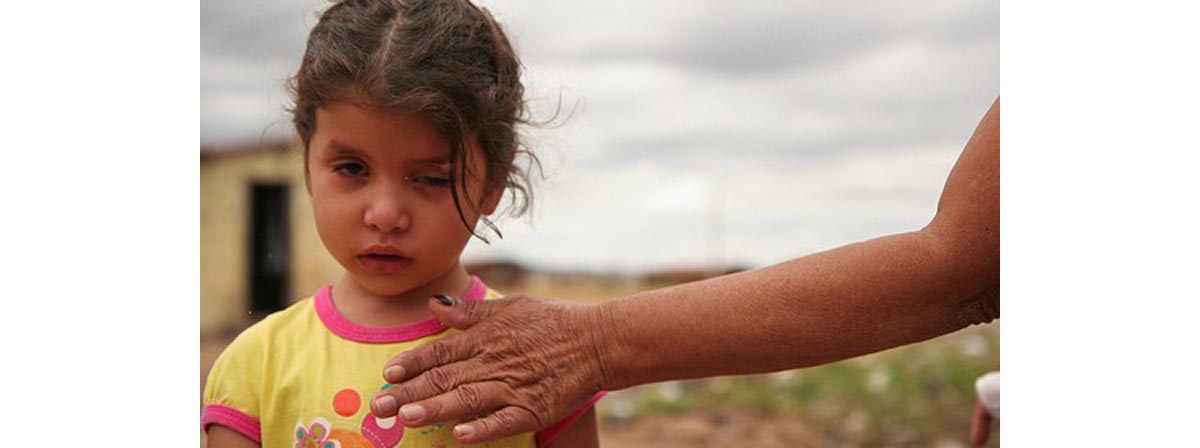Table of Contents
Since antibiotics were first introduced at the end of World War II, the average life expectancy among humans has constantly been on the rise. This in itself is the biggest evidence of the awe-inspiring progress modern scientific medicine has achieved.
Nowadays, most diseases are at least manageable, and many are completely curable. Many infectious diseases that used to inflict the highest mortality rates throughout human history are now either eradicated or easily treatable. This became possible as a result of remarkable scientific progress achieved in the last 50 years. Now we understand exactly what’s going on in a body affected by illness. Behind each modern drug, there is a solid body of scientific knowledge and many years of work by scientists, doctors, and drug developers.

As the names suggest, the reason these diseases are still around is that nobody cares much about finding a cure for them.
Forgotten illnesses: the role of finances
The term “orphan diseases” refers to rare illnesses. Most of them are genetic and affect only a very small number of people. Due to the rarity of these diseases, they are difficult to study. Doctors often have no knowledge on the proper methods of treating them or, even worse, can’t diagnose them correctly. But the real problem lies in the fact that the modern approach to drug development offers very little hope of getting proper medications against these illnesses in the near future.
Pharmaceutical companies developing them must be sure that their investments will at least allow them to break even. In the situation when the number of individuals affected by a particular disease is too small, the chances to get any income from a new drug are very slim. The result is that companies don’t even attempt to invent a cure for rare diseases. Sometimes, research in academia is able to point to a specific and easily achievable way of treating such diseases, but cases like this are very rare. Most of the rare diseases get only symptomatic treatments.
The situation is very similar with the so-called neglected diseases. These are diseases that affect mostly the population of those geographic regions where people are too poor and unable to pay for expensive new drugs. Many tropical illnesses such as trypanosomiasis, malaria, schistosomiasis are predominantly found in Sub-Saharan Africa and Latin America where income per capita is too small to allow people to spend much on medical treatment. Tuberculosis is often considered to be such a neglected disease as well, even though it is seen not only in the tropical region.
- Aymé S, Schmidtke J (December 2007) Networking for rare diseases: a necessity for Europe. Bundesgesundheitsblatt Gesundheitsforschung Gesundheitsschutz 50 (12): 1477–83
- Ibrahim Abubakar, Matteo Zignol, Dennis Falzon et al. (2013) Drug-resistant tuberculosis: time for visionary political leadership. The Lancet Infectious Diseases 13, 529-539
- Miller L.H. and Su X. (September 16, 2011) Artemisinin: discovery from the Chinese herbal garden. Cell 146 (6): 855–858
- Hotez PJ, Kamath A (2009) Neglected Tropical Diseases in Sub-Saharan Africa: Review of Their Prevalence, Distribution, and Disease Burden. PLoS Negl Trop Dis 3 (8): e412
- Photo courtesy of Danielle Pereira by Flickr : www.flickr.com/photos/galeria_miradas/8576020542/
- Photo courtesy of Bill Brooks by Flickr : www.flickr.com/photos/8011986@N02/2689975613/


Your thoughts on this